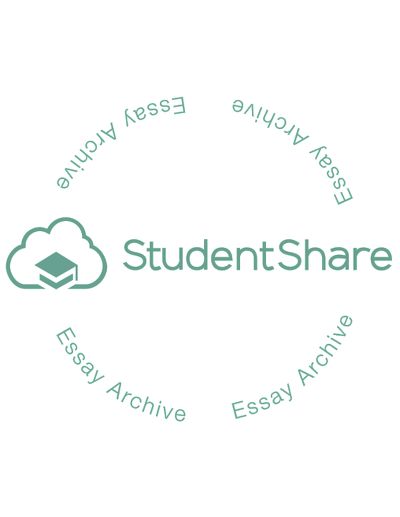Cite this document
(“Background of Tourism Industry Case Study Example | Topics and Well Written Essays - 3000 words”, n.d.)
Background of Tourism Industry Case Study Example | Topics and Well Written Essays - 3000 words. Retrieved from https://studentshare.org/tourism/1559771-strategic-management-case-study-of-tui
Background of Tourism Industry Case Study Example | Topics and Well Written Essays - 3000 words. Retrieved from https://studentshare.org/tourism/1559771-strategic-management-case-study-of-tui
(Background of Tourism Industry Case Study Example | Topics and Well Written Essays - 3000 Words)
Background of Tourism Industry Case Study Example | Topics and Well Written Essays - 3000 Words. https://studentshare.org/tourism/1559771-strategic-management-case-study-of-tui.
Background of Tourism Industry Case Study Example | Topics and Well Written Essays - 3000 Words. https://studentshare.org/tourism/1559771-strategic-management-case-study-of-tui.
“Background of Tourism Industry Case Study Example | Topics and Well Written Essays - 3000 Words”, n.d. https://studentshare.org/tourism/1559771-strategic-management-case-study-of-tui.


